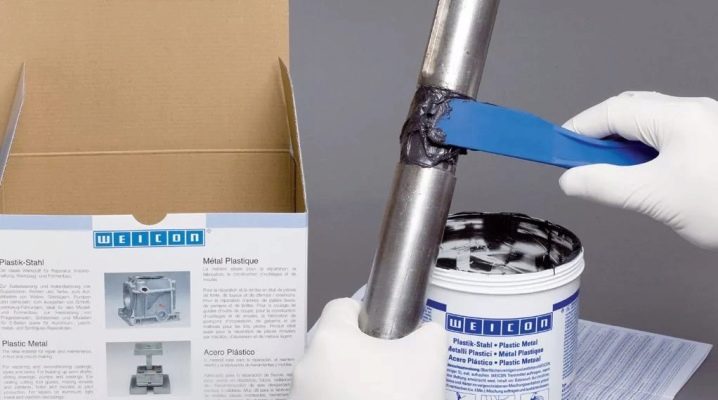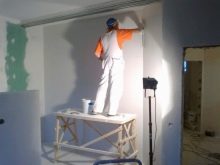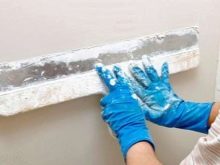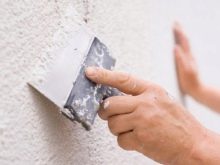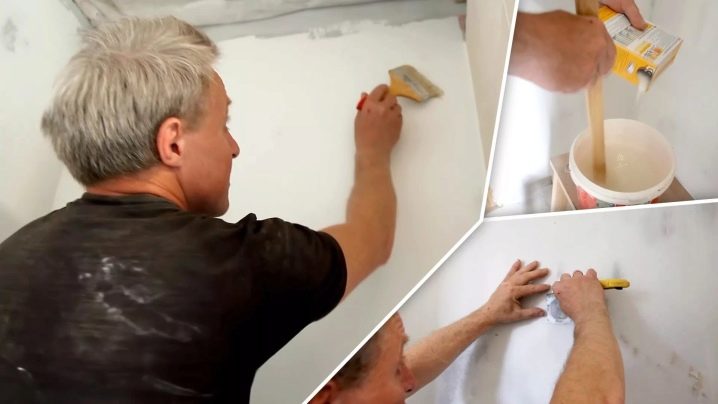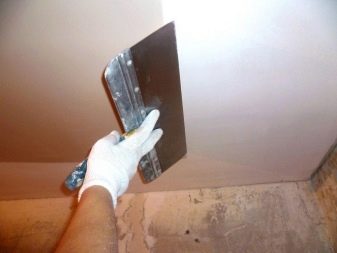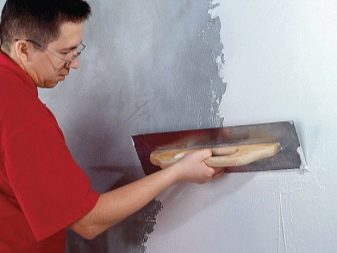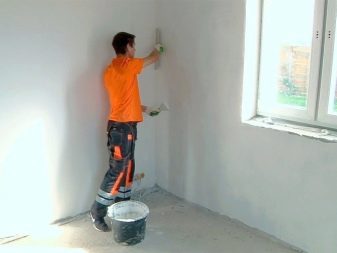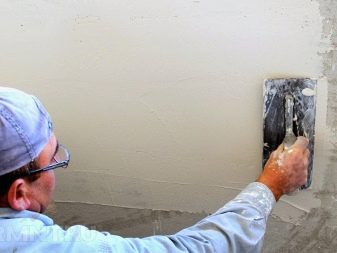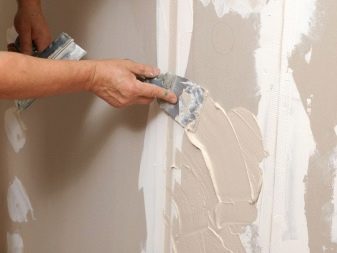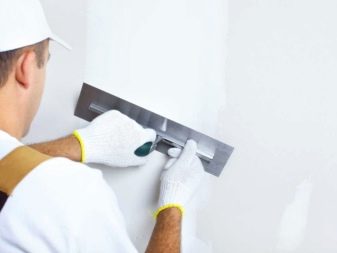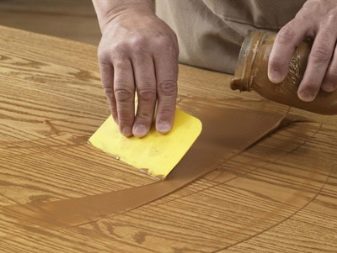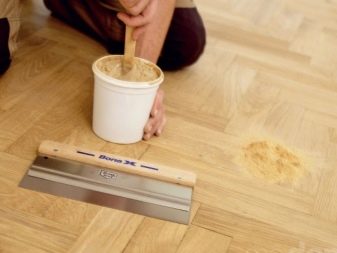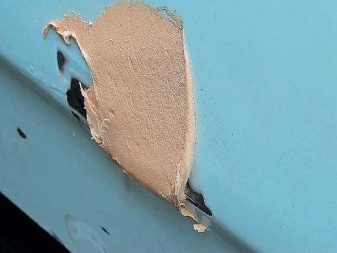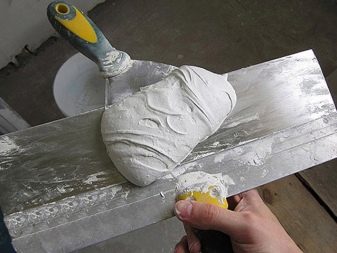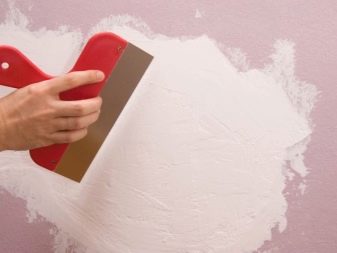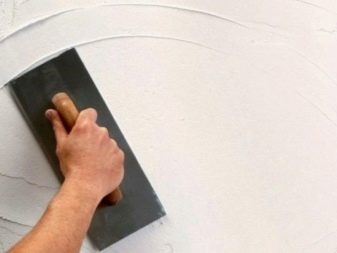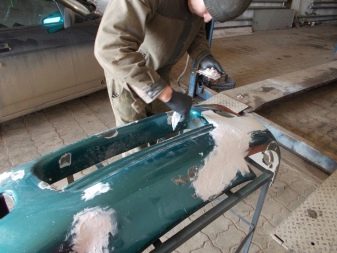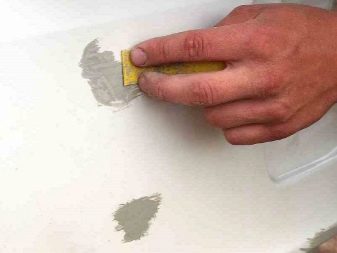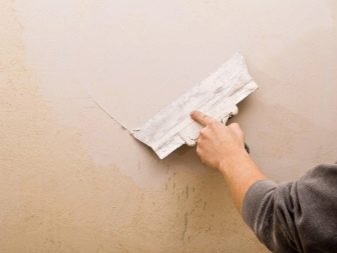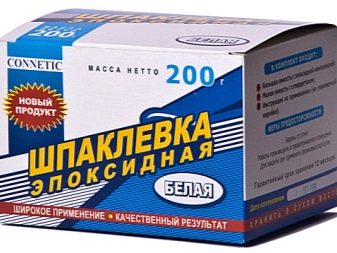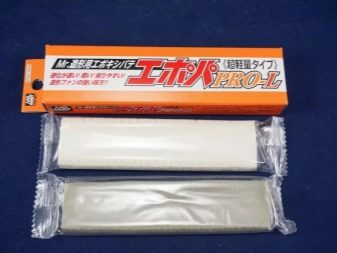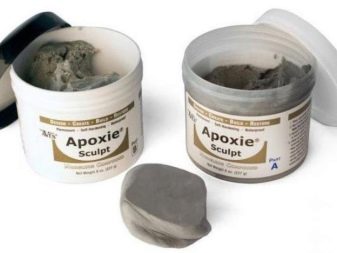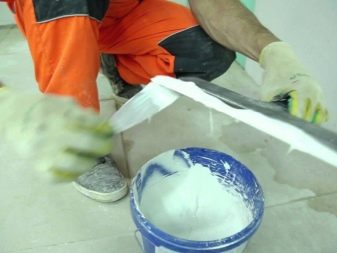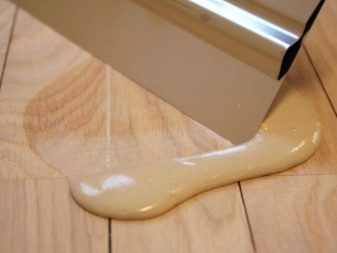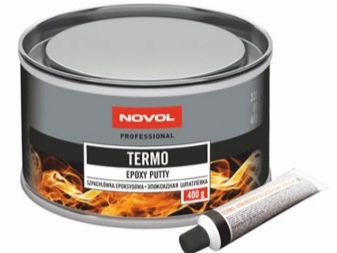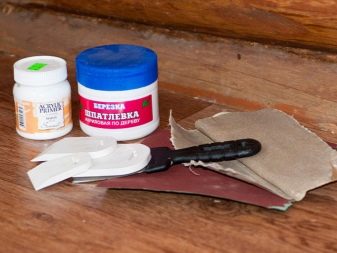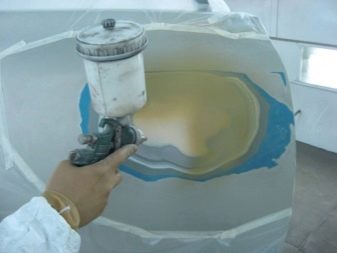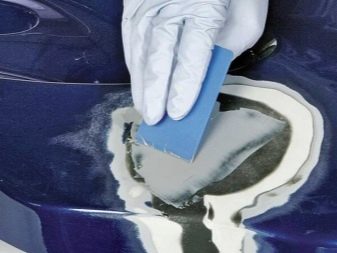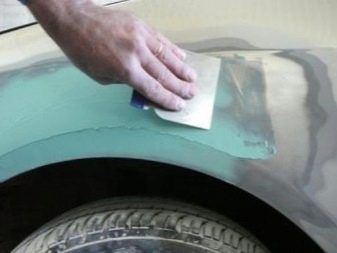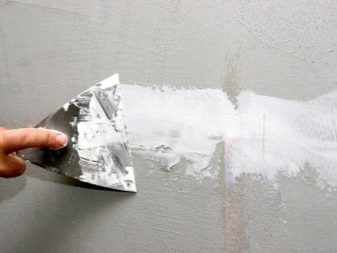Epoxy putty: features of choice
Putty mixes have long been widely used in repairs. Putty is a powder or paste and is used to eliminate defects or leveling the surface, followed by applying a finishing material to it. Depending on the type of fillers used for the treatment of various bases. One of the most common finishing materials is Epoxy putty - a reliable and durable composition that can handle a variety of surfaces.
What it is?
Epoxy putty is a repair compound made on the basis of epoxy resin. Usually this material is sold with a hardener. Their mixing is performed immediately before application.
The putty mixture is applied to the prepared surfaces with a spatula or another convenient tool for each particular case and is evenly distributed.
After that, the surface is dried, polished and processed with a finishing material.
Epoxy putty compounds are used for minor repairs, as well as for large-scale construction for the following purposes:
- Waterproofing devices;
- Compounds of various materials - metal, ceramics, plastics, wood, concrete;
- The alignment of various bases, including stone, concrete, wood;
- Restoration of surfaces and masking irregularities, joining seams, eliminating various damage - potholes, cracks, chips.
Special features
Epoxy putties can be applied to various base materials:
- Stone and brick;
- Concrete and foam concrete;
- Glass and plexiglass;
- Metal;
- Plastic;
- Ceramics.
That is why putty is so widely used in various industries:
- Mechanical engineering;
- Aviation;
- Shipbuilding;
- Construction;
- The construction of bridges;
- Construction of metal structures;
- Construction of pipelines, hydraulic installations.
Hard putties of this look are applied to repair work both outside, and in rooms.
On wooden bases
Epoxy putty helps to eliminate the mobility of this rather capricious material. After all, wood with a temperature increase tends to expand, and with a decrease - shrink. The same processes occur with it when the humidity changes. Unlike other repair materials, putty based on epoxy resin does not shrink after drying and retains the property of elasticity, which is the most significant moments in working with wood. This type of repair material lends itself well to grinding and painting. The only thing that is bad on her is a stain. It is worth bearing in mind if you plan to soak wooden surfaces with this composition. Epoxy putties for wooden surfaces are used for processing wooden frames, doors, furniture, floors.
On metal surfaces
Epoxy compounds when leveling metal bases is an indispensable material.
They have excellent bonding properties and allow you to create a smooth base after grinding.To achieve the best performance of evenness and smoothness of metal surfaces, special fillers are used, which in their composition have sawdust of the same metal crushed into powder as the surface to be treated. Most often, these materials are used to seal dents, scratches and other damage to the car body. Epoxy putties are also used to protect car parts from corrosion.
For the treatment of metal surfaces of ships developed special brand putty.
On concrete
For the treatment of such materials are produced compounds specifically for the treatment of stone surfaces. Coarse sand and cement are usually added to them in order to improve adhesion to the finish. After processing the concrete surfaces with putty, it acquires the desired texture and is ready for further finishing.
To seal cracks in a concrete base, you can use epoxy glue. If the amount of work is quite large, then add sand or cement as a filler. The result is actually epoxy putty for concrete. It fills hollows or cracks in concrete, level it and leave to dry.
After complete polymerization, the surfaces are ground.
By plastic
The possibility of applying epoxy putty compounds to plastic due to their good adhesive properties and a high degree of elasticity. Due to this, epoxy compounds are widely used in the repair of plastic pipes and the restoration of plastic parts of cars. Putty plastic perfectly fills all cracks, chips, dents and other irregularities. The disadvantage of this type of repair material is its increased toxicity; therefore, it is necessary to protect the respiratory organs while working with it.
The technology of applying putty on plastic is no different from applying to other materials. First you need to assess the scope of work by eye. Then the plastic surfaces are cleaned with sandpaper and degreased. The putty is applied with a rubber trowel, dried and polished, first with a large emery cloth and then with a smaller sandpaper.
After that, the plastic can be applied paint.
Characteristics and composition
Epoxy resin filler includes the following components:
- The main substance is resin. This is a liquid elastic substance of brown color, which provides the main technical characteristics of the final product;
- Fillers. To impart a higher viscosity to the putty composition, metal powder, fiberglass, sand, or cement are added to it;
- Hardener. The liquid added to the putty, for rapid curing of the repair coating. Due to its presence, the surface dries faster, which saves time during repairs. Phthalic and maleic anhydrides and carboxylic acids are used as hardeners.
As you can see, the composition of the putty is quite simple, so some craftsmen easily prepare epoxy putty with their own hands.
This requires resin and appropriate fillers. To prepare putty for wood, sawdust mixed with chalk or plaster is taken. Metal filings are added to the putty composition for metal, more often aluminum powder; on concrete - fiberglass (can be replaced with sand or cement). Plastic compositions are made with fiberglass. All components are mixed. A hardener is added to the mixture.Moreover, its volume fraction should be no more than 3% of the total amount of the composition. If the putty is supposed to be applied in hot conditions (more than 25 degrees), then the content of the hardener can be reduced by half. The resulting composition will begin to harden after about 60 minutes. Finally harden after 6 hours.
The main characteristics of epoxy putty:
- Durability and wear resistance. These properties allow this repair material to reliably protect any bases from external influences. Epoxy putty prevents the development of corrosion processes, withstands exposure to various chemical substances (salt solutions, detergents, gasoline, alkalis, mineral oil), prevents the appearance of mold and fungus. These properties allow using this material in various spheres of human activity;
- Low degree of shrinkage of the material. Due to the fact that epoxy putty has the property of elasticity and contains a very small amount of volatile compounds, the material practically does not change its original volume, which allows you to apply it with a layer up to 10 mm and not worry that cracks and deformations will appear on the surface;
- Good adhesion. This property makes it possible to use this material for deposition on surfaces made of concrete, metal, plastic, ceramics, and wood and to be used in structures operated with constant loads (floors, steps, window sills, car parts);
- No need to apply after using putty primer. Putties can be immediately coated with finishing compounds;
- Long service period;
- Pliability grinding.
Manufacturers
Today the market of building and finishing materials is replete with various brands of putty compounds. Most large manufacturers of building materials, as a rule, have in their assortment fillers, including epoxy. These include such well-known companies as Tikkurila (“Kolofill”), Teknos (“TeknopoxFill”), “Basf Construction Systems” (“MasterBrace”), Bostik (“Eponal”), Isomat, Novol (“Novol Thermo”).
Vita ChemSibir, Atum Innovative Materials, Kotovsk Paint and Varnish Company Kraski klk, Gamma Industrial Paints, Rufa Paint Plant, 3Decor, Krako Chemical Plant, Epital, Karbokhim- Astat "," Perm paint and varnish company "and many others.
Epoxy putties are supplied to the market in a wide variety of containers - from small containers (about 250 g) to buckets and barrels of the most different volume (for each manufacturer they are different).
How to choose for different surfaces?
The choice of epoxy putty material should begin with determining the type of surface to be treated. You can try to find fillers designed specifically for a particular type of surface, for example, on metal, on concrete, on plastic. Usually such an indication is present on the can with the finished product. But most of the compositions are still universal purpose and can be used in combination with different materials.
Domestic companies, as a rule, label their products according to GOST. Different types of putty material have a different composition and are somewhat different in properties.
EP-0010 hard putty It is used to apply on the base of metal, as well as on non-metallic coatings in order to align it. In this case, such a material can be used indoors (including in the wet, for example, in the bathroom) and in the open air.The product is sold as a paste, which must be mixed with the hardener attached to it according to the instructions. Before applying the composition of the surface can be pre-primed, and you can do without this procedure. The primer can be the same putty, only diluted to a more liquid state.
After drying, the putty layer forms an even brown layer.
Filling EP-0020 differs from the previous version by the presence in its composition of a filler having a finely dispersed structure, which ensures a reduced consumption of material. In addition, this type of material can not be applied in a thick layer.
Most often putty EP-0010 and EP-0020 are still used to treat metal surfaces, although they are universal repair materials.
For concrete bases can be used, for example, filler mixture "Elakor ED"for wood fit putty "Tikurilla Uvicol", "Loba 2K DuoFill AT". Special filler compositions for plastic can often be found in automotive stores as a means for the repair of plastic auto elements.
Sometimes when choosing a putty compound, the consumer attaches some importance to color. Typically, these materials are offered in a transparent, white, gray, cream or brown color. If necessary, zakolerovat composition (usually it is necessary when processing plastic), you can use special pigmenting agents.
You will learn more about epoxy putty from the following video.
